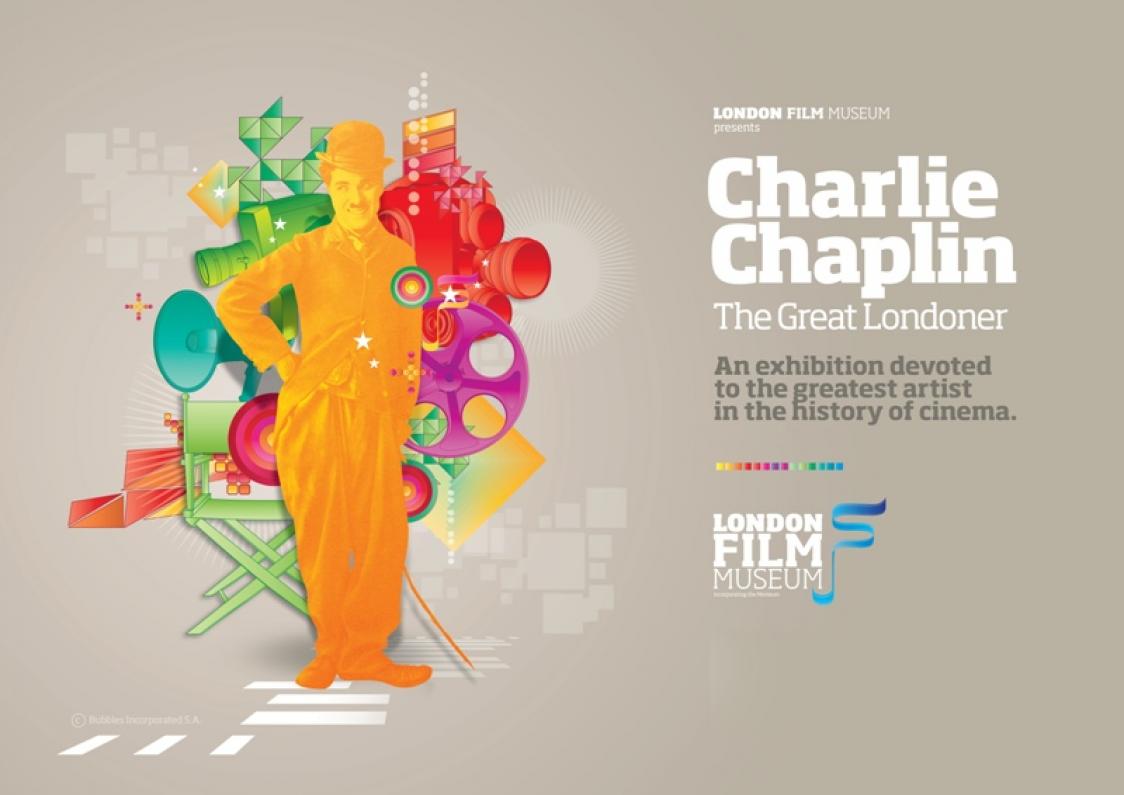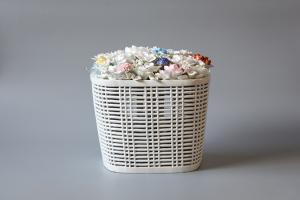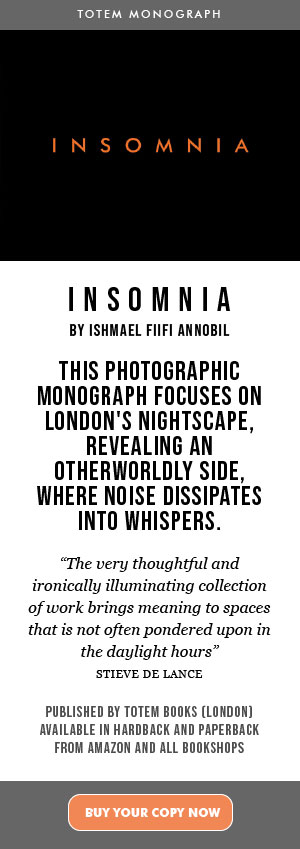CHARLIE CHAPLIN - THE GREAT LONDONER
The Movie Museum
Dates: Permanent
Website: www.londonfilmmuseum.com
On Tuesday 5th January 2010, The London Film Museum opened its latest exhibition, Charlie Chaplin – The Great Londoner. Visitors can discover exciting new insights into the life and career ofCharles Chaplin, the boy from the London slums who won universal fame with his screen character of the Tramp, and went on to become a Knight of the British Empire.
The exhibition has been produced by Jonathan Sands, founder of the London Film Museum, and devised by Leslie Hardcastle, creator of the prizewinning Museum of the Moving Image (1989-1998),in collaboration with David Robinson, Chaplin’s biographer.
The exhibition tells Chaplin’s story in six main sections, evoking consecutive phases of his dramatic rise from rags to riches:
1. A London Boyhood
Charles Chaplin was born in 1889 in East Street, Lambeth, and his early years were spent, often in acute poverty, in this square mile to the South and East of the present London Film Museum. This section evokes the life of the poor in late Victorian Lambeth, and the escape provided by the light, colour and fun of the music halls, in which his parents were performers.
2. A Child of the Theatre
At the age of 10 the young Chaplin found work in a juvenile music hall troupe, and his future was decided. As a boy actor he made his mark as the comic page-boy in Sherlock Holmes, and even played the role in the West End. But his greatest success came in the music hall, and at 20 he was already a star of the Karno comedy companies. This section sets out to recall the atmosphere and the stars of the music halls, with memorabilia relating to Chaplin’s own stage career.
3. America and the movies
Between 1910 and 1913 Chaplin twice toured the American vaudeville circuits as a star of the Karno company, and was greatly excited by his encounter with the New World. At the end of 1913 he yielded to an offer from the Keystone Comedy Company, ruled by Mack Sennett and arrived in Hollywood. At first disoriented by the new medium, he learned rapidly, and within weeks was directing his own films. The exhibition evokes the buccaneering atmosphere of early Hollywood, its primitive studios, and its rapid evolution towards an international industry.
4. The Tramp
Searching for a character for his second film, Chaplin put together a costume from elements found in the Keystone wardrobe shed. The result – the Tramp – achieved instant popularity and within a year or two was known and loved across the world. Chaplin’s creation remains to this day the screen’s iconic and most universally recognised character.
5. Citizen of the World
When Chaplin finally took a rest and visited Europe in 1921, he was astonished to find
himself a world celebrity, mobbed by crowds everywhere he went, and sought out by the great men of the day. Increasingly he used his comedy to comment on the fundamental problems of humanity. Modern Times is a broad-ranging social critique; and in The Great Dictator, having finally abandoned his character of the Tramp, he pillories Adolf Hitler, fascinated by the physical resemblance between the best-loved man in the world and the most hated.
6. The Happy Exile
In the paranoia of the Cold War years, Chaplin became an object of suspicion to the
Communist-obsessed American political right. His anti-war statements in Monsieur Verdoux and his friendships with liberal intellectuals led to increasingly virulent attacks and accusations of Communist sympathies. In 1952 he came to England for the premiere of his last American film, Limelight (a recollection of the London music halls of his youth) never permanently to return to the United States. His final years were spent contentedly in Switzerland, surrounded by his growing family and still planning films, two of which, A King In New York and A Countess from Hong Kong, were made in Britain.
Original pieces on display include:
Programme for Canterbury Music Hall. On the bill is Charles Chaplin Snr.
Fred Karno’s script from Mummy’s Birds
Pathe Freres 35mm camera with winding handle
Charlie Chaplin’s Bowler Hat with customs declaration
Charlie Chaplin’s Cane with original case and customs declaration
Selection of Chaplin merchandise including Wind Up toys and Special Edition newspapers
Address:
London Film Museum
County Hall, Riverside Building
London
London
SE1 7PB
United Kingdom
0207 202 7040
www.londonfilmmuseum.com
events@themovieum.com
Opening Hours: Mon – Fri 10am – 5pm (last entry at 4pm) and Sat, Sun & Bank Holidays 10am – 6pm (last entry at 5pm)
School Packages are available: http://www.themovieum.com/movieum-for-schools.html



